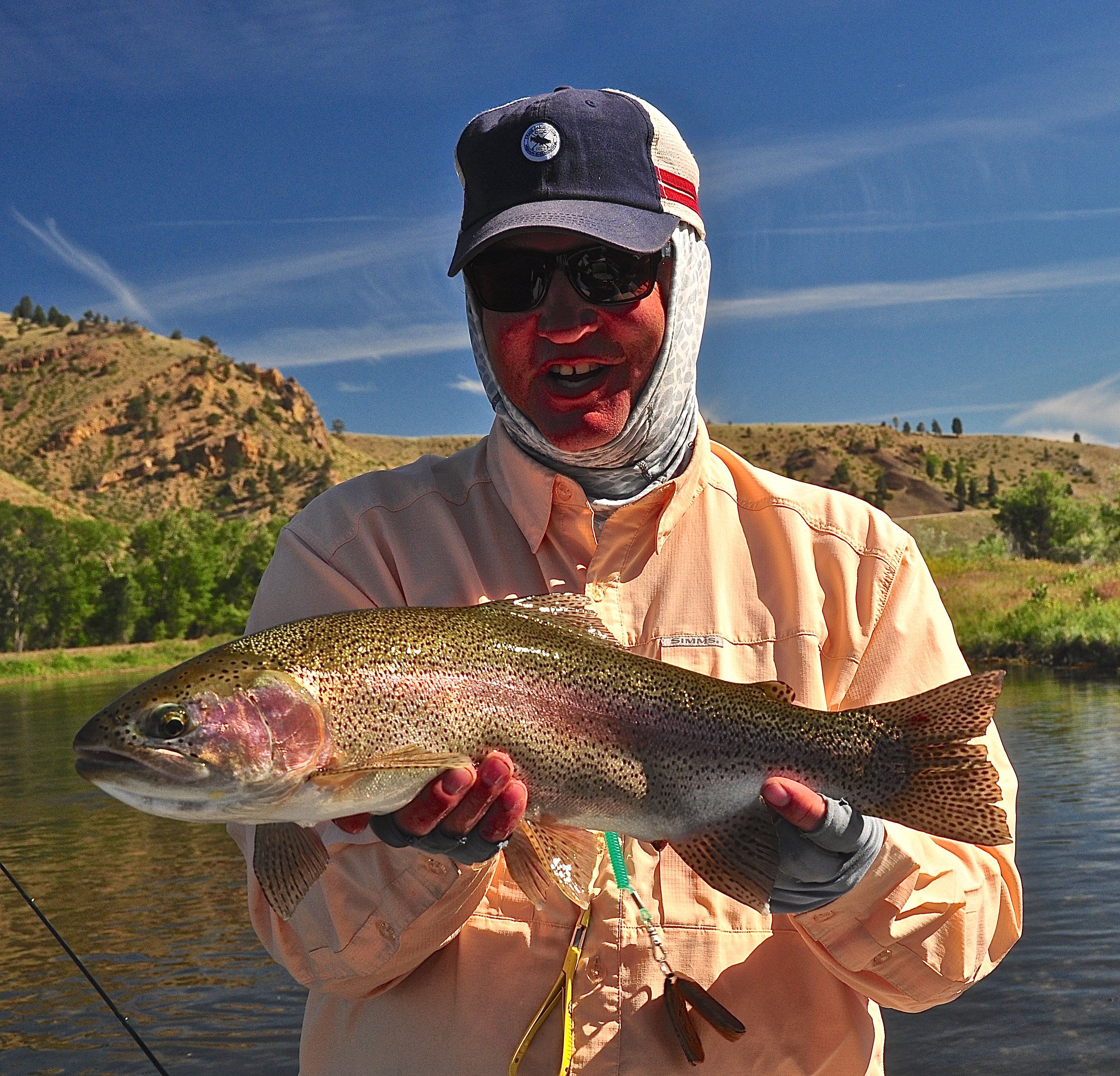

Hence, Venus flytraps have a corner on the nitrogen market immediately following fire, when they obtain three quarters of their nitrogen supply from insect prey. The ecosystem that supports Venus flytraps experiences frequent fires that clear out competing plants and volatilize nitrogen in the soil. The Venus flytrap occurs in a very restricted range in sandy shrub-bogs in coastal North and South Carolina, where it is listed as an endangered species. Plant owners should beware of overstimulating a Venus flytrap: after approximately 10 unsuccessful trap closures, the leaf will cease to respond to touch and will serve only as a photosynthetic organ. After three to five meals, the trap will no longer capture prey but will spend another two to three months simply photosynthesizing before it drops off the plant. These nutrients are absorbed into the leaf, and five to 12 days following capture, the trap will reopen to release the leftover exoskeleton. (If tripped by a curious spectator or a falling dead twig, the trap will reopen within a day or so.) Once the trap closes, the digestive glands that line the interior edge of the leaf secrete fluids that dissolve the soft parts of the prey, kill bacteria and fungi, and break down the insect with enzymes to extract the essential nutrients. If insect secretions, such as uric acid, stimulate the trap, it will clamp down further on the prey and form an airtight seal. If the same hair is touched twice or if two hairs are touched within a 20-second interval, the cells on the outer surface of the leaf expand rapidly, and the trap snaps shut instantly. There are between three and six trigger hairs on the surface of each leaf. Unsuspecting prey land on the leaf in search of a reward but instead trip the bristly trigger hairs on the leaf and find themselves imprisoned behind the interlocking teeth of the leaf edges. How does a stationary organism manage to attract, kill, digest and absorb its prey? First, it lures its victim with sweet-smelling nectar, secreted on its steel-trap-shaped leaves. So, yes, the Venus flytrap does have a digestive system of sorts, but it serves a somewhat different purpose than an animals does. Instead, it mines its prey primarily for essential nutrients (nitrogen and phosphorous in particular) that are in short supply in its boggy, acidic habitat. Because it is a plant and can make its own food through photosynthesis, the Venus flytrap does not eat and digest its prey for the traditional nonplant objectives of harvesting energy and carbon. Perhaps the best known of the insectivorous (insect-eating) plants, the Venus flytrap ( Dionaea muscipula) exhibits a unique system by which it attracts, kills, digests and absorbs its prey. Lissa Leege, a plant ecologist and assistant professor ofīiology at Georgia Southern University, explains.


 0 kommentar(er)
0 kommentar(er)
